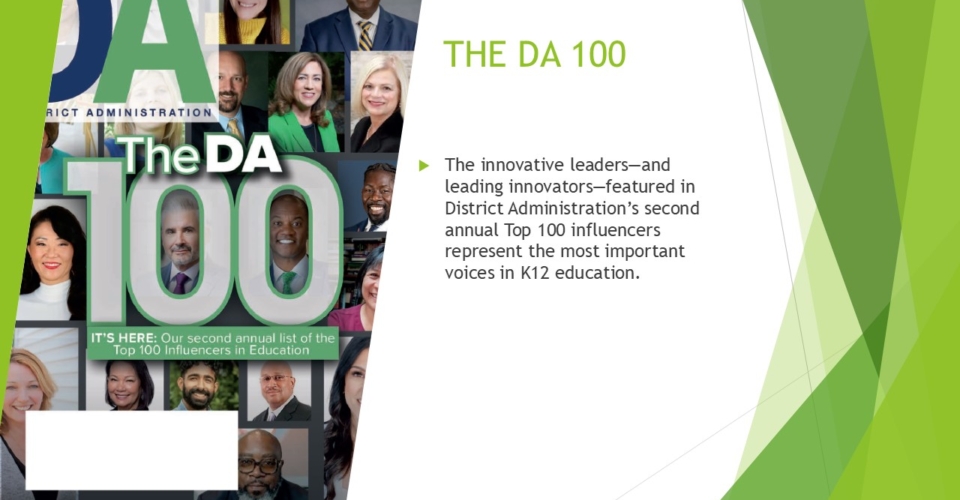Are you for or against artificial intelligence? No matter where you stand, one thing is inevitable: It will soon become the norm. In fact, we’re already seeing educators relying on AI to streamline their jobs, and they love it.
ChatGPT, inarguably the most impactful generative AI tool today, has turned the world of education on its head as school districts continue contemplating whether it should be implemented in the classroom. Some educators are worried about its capabilities and how it could potentially drive cheating. It has already proven itself worthy by passing various intense exams, from law exams at the University of Minnesota and Pennsylvania’s Wharton School of Business to the SAT.
Whatever side of the debate you’re on, you should know that many educators are already using it in the classroom—and they say it’s a game changer.
According to a new survey from the Walton Family Foundation, a family-led foundation that strives to improve K12 education, teachers are leveraging new technologies such as ChatGPT to meet students’ needs and streamline mundane tasks like lesson planning. The findings also clearly indicate that teachers and students believe it should be embraced across education.
One of the most prominent findings from the report is that just over half (51%) of teachers report already using ChatGPT. Ten percent say they use it every day, while more than one-third (40%) use it on a weekly basis. This is how they’re utilizing it:
- 30% have used it for lesson planning, with middle school teachers more likely to do so (38%) than high school teachers (35%).
- 30% use it to come up with creative ideas for classroom activities.
- 27% use it to obtain background knowledge for lessons.
Another intriguing finding is that younger students, particularly those in middle school, are more likely to have used ChatGPT. Forty-seven percent of students between 12 and 14 years old have used it, while one-third of those between 12 and 17 have.
Both students (79%) and teachers (88%) overwhelmingly agree that ChatGPT has had a positive impact. As a result, teachers are encouraging its use among students. According to the data, teachers are nearly four times more likely to have allowed students to use ChatGPT (38%) than caught them utilizing it without their permission (10%). Only a fraction of students (15%) admits to using it without their teacher’s permission, indicating that students may be using AI less as a means to cheat than we thought. Instead, most students (75%) simply feel that it helps them learn faster.
For teachers and students, ChatGPT is an example of the growing need to modernize education, as the data indicates. Nearly two-thirds of students (63%) and 72% of teachers said they agree with the statement that “ChatGPT is just another example of why we can’t keep doing things the old way for schools in the modern world.”
So whether you’re all-in on generative AI or still on the fence, it’s the right time to start brainstorming how you can use ChatGPT in the classroom to foster creativity and engagement instead of tempting students to use it as a tool to cheat. If you’re unsure where to begin, check out these 11 ways teachers can begin welcoming AI into their classrooms.
More from DA: K12 leaders: ‘Please let us use E-rate to prevent cyberattacks’



